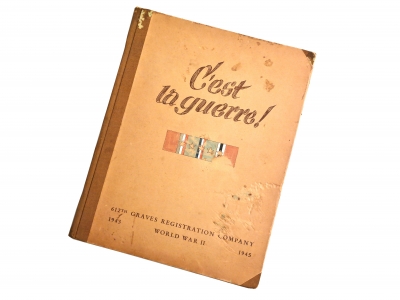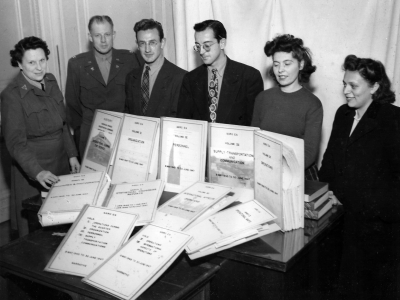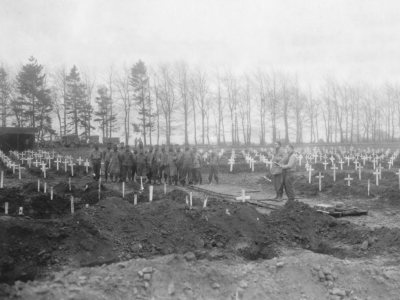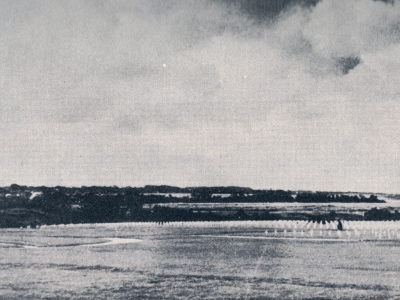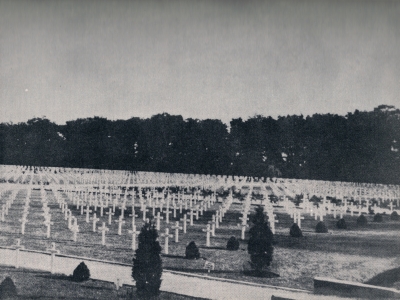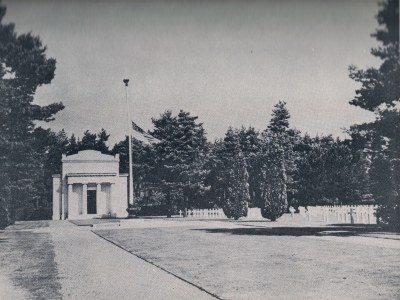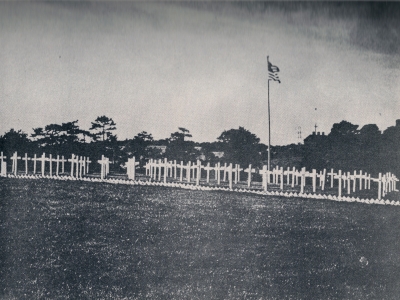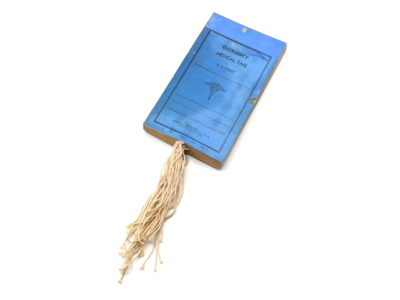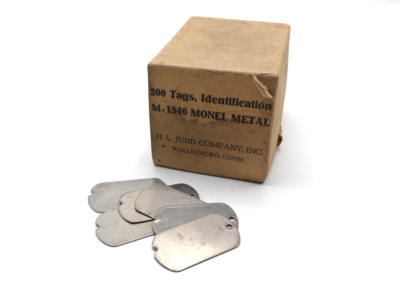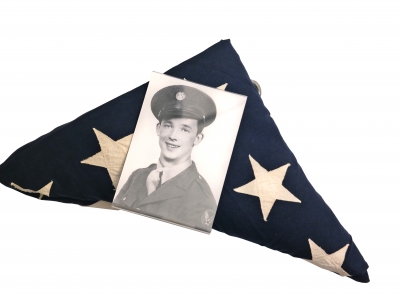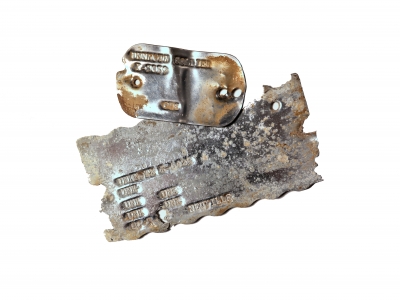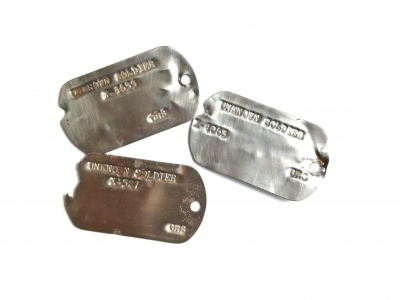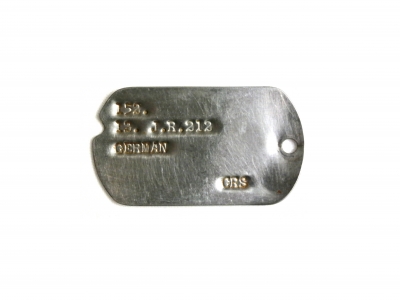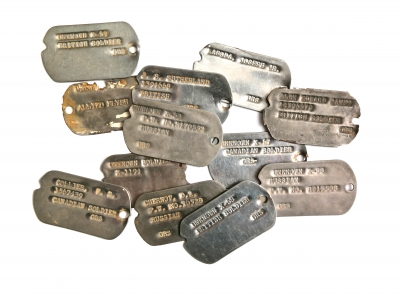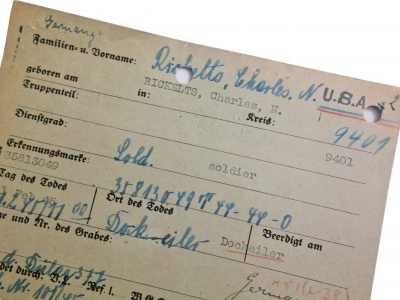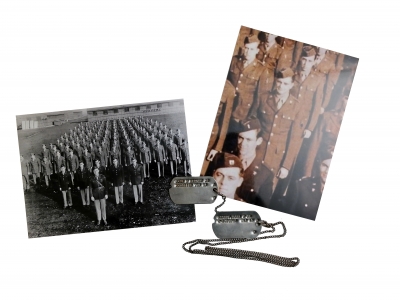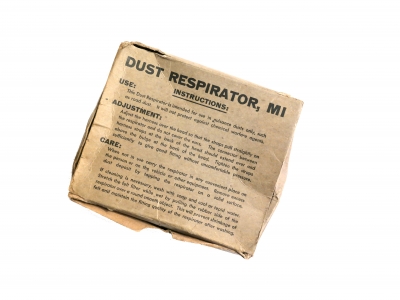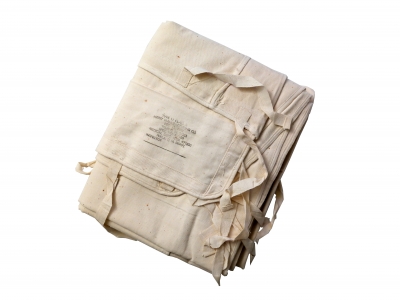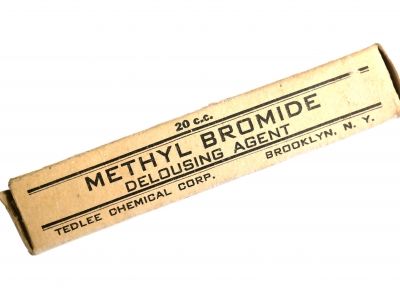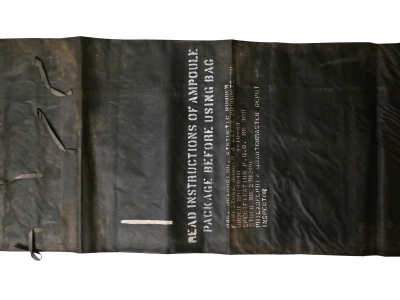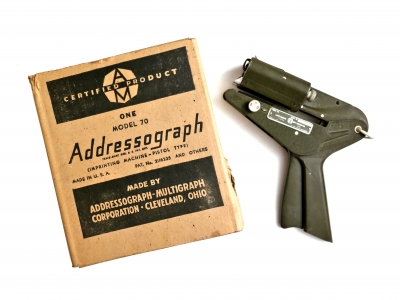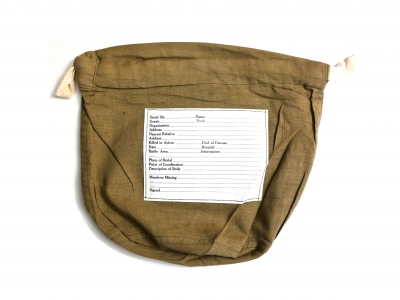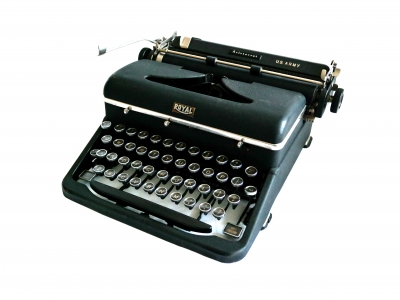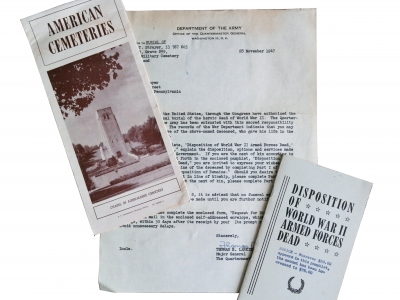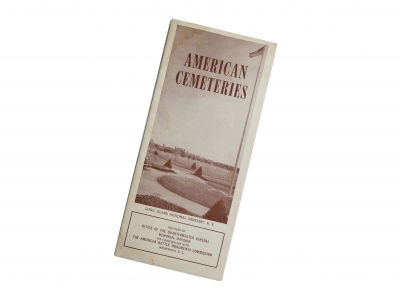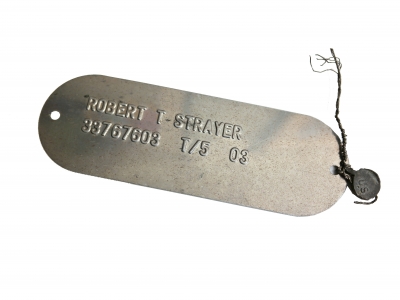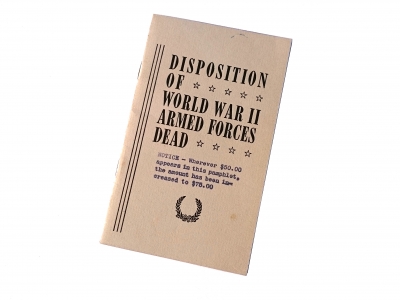Welcome to Quartermaster Graves Registration Service | in the ETO
Sòng Bạc Trực Tuyến Zbet: Thế Giới Giải Trí và Cơ Hội Đánh Bại Vận May
Trong thế giới đa dạng của các sòng bạc trực tuyến, Zbet nổi bật như một ngôi sao sáng, thu hút người chơi với sự phong phú của trò chơi và các ưu đãi hấp dẫn.
Đa Dạng Trò Chơi
Máy Đánh Bạc và Poker Video
Zbet mang đến nhiều trò chơi máy đánh bạc và poker video hấp dẫn, từ các trò cổ điển đến những trò chơi video slot hiện đại với bonus hấp dẫn.
Trò Chơi Bài và Trò Chơi Bàn
Ngoài các trò máy đánh bạc, Zbet còn cung cấp các trò chơi bài như blackjack, poker và các trò chơi bàn như roulette và baccarat, đầy thách thức và kịch tính.
Cược Thể Thao Trực Tuyến
Zbet cũng là địa chỉ tin cậy cho những người yêu thể thao, với các cược thể thao trực tuyến trên nhiều môn như bóng đá, bóng rổ và tennis.
Ưu Đãi Hấp Dẫn
Khuyến Mãi Chào Mừng Độc Đáo
Zbet chào đón người chơi mới bằng các khuyến mãi chào mừng độc đáo, giúp họ bắt đầu hành trình của mình với một sự thú vị và may mắn tăng lên.
Các Ưu Đãi Khác
Ngoài ra, Zbet thường xuyên cập nhật các chương trình khuyến mãi thú vị, bao gồm các giải thưởng tiền mặt, quay thưởng miễn phí và các ưu đãi cược độc đáo.
Chương Trình Thành Viên VIP
- Bóng Đá: Cược trên các giải đấu quốc tế, từ UEFA Champions League đến World Cup, cung cấp nhiều cơ hội và tỷ lệ cược hấp dẫn.
- Bóng Rổ: Theo dõi các trận đấu NBA, EuroLeague và các giải đấu quốc gia, cược vào tỷ số, người ghi điểm và nhiều điểm khác.
- Quần Vợt: Đặt cược trên các giải Grand Slam như Wimbledon và US Open, dự đoán người chiến thắng, số set và điểm.
- Tennis Đôi: Dự đoán cặp đấu nào sẽ giành chiến thắng, số set và các điểm trong từng set.
- Đua Xe Ô Tô và Đua Ngựa: Cược trên các giải đua xe F1, MotoGP hoặc đua ngựa nổi tiếng như Kentucky Derby, dự đoán người chiến thắng và vị trí cuối cùng.
- Quyền Anh: Đặt cược trên các trận đấu quyền anh chuyên nghiệp, dự đoán người thắng, phương thức chiến thắng (knockout, điểm) và số vòng.
- Golf: Cược trên các giải đấu lớn như The Masters và The Open Championship, dự đoán người chiến thắng và điểm số cuối cùng.
- Esports: Theo dõi các giải đấu Esports như League of Legends, Dota 2 và Counter-Strike: Global Offensive, cược vào đội chiến thắng, số ván đấu và điểm số.
- Thể Thao Địa Phương: Cược trên các trận đấu thể thao địa phương như bóng đá quốc tế, bóng rổ địa phương, đua xe mô tô và các giải đấu thể thao địa phương khác.
- Cược Trực Tiếp (Live Betting): Đặt cược khi trận đấu đang diễn ra, dựa trên sự thay đổi của trận đấu để tăng cơ hội chiến thắng.
- Thể Thao Mùa Đông: Cược trên các môn thể thao mùa đông như trượt tuyết, trượt băng và trượt patin, dự đoán người chiến thắng và điểm số.
- Cược Đặc Biệt: Cược trên các sự kiện đặc biệt như kết quả cuối cùng của chương trình truyền hình thực tế, kết quả của cuộc bầu cử và các sự kiện xã hội quan trọng khác.
- Cược Thể Thao Ảo: Tham gia vào thế giới thể thao ảo, cược trên các trận đấu và sự kiện ảo được tạo ra bằng công nghệ số hóa.
- Cược Trên Dòng (Spread Betting): Đặt cược dựa trên sự chênh lệ của điểm số, giúp tăng cơ hội thắng lợi với các tỷ lệ cược thích hợp.
- Cược Đơn hoặc Đa (Accumulator Betting): Kết hợp nhiều cược vào một vé, tăng cơ hội chiến thắng lớn nhưng đồng thời cũng tăng rủi ro.
Những sự thật thú vị về sòng bạc này trên website https://casinoonlinevn.com/zbet/ . Những loại cược này không chỉ mang lại trải nghiệm độc đáo mà còn giúp tạo ra thêm kích thích và hứng khởi khi theo dõi các sự kiện thể thao trực tuyến.
Bảng So Sánh: Zbet và Các Sòng Bạc Khác
| Tiêu Chí | Zbet | Các Sòng Bạc Khác |
| Đa Dạng Trò Chơi | Lớn | Thường Trung Bình |
| Ưu Đãi Khuyến Mãi | Độc Đáo và Hấp Dẫn | Thường Chuẩn |
| Cược Thể Thao Trực Tuyến | Có | Có hoặc Không |
| Hỗ Trợ Khách Hàng | 24/7 Hỗ Trợ Trực Tuyến | Thông Thường Qua Email |
| Tương Thích Di Động | Có | Có hoặc Không Tiện Lợi |
Kết Luận
Zbet không chỉ là một trang web cá cược, mà là một trải nghiệm giải trí toàn diện với sự kết hợp hoàn hảo giữa các trò chơi đa dạng, ưu đãi hấp dẫn và hỗ trợ khách hàng chuyên nghiệp. Đừng chần chừ, hãy tham gia ngay hôm nay và khám phá thế giới huyền bí của Zbet!
This website is dedicated to the men of the Quartermaster Graves Registration Service units, who not only took care of all American dead during World War II, but all Allied, enemy and civilian casualties. These silent heroes worked in tough conditions and with utmost respect and decency to make sure every deceased American soldier will be identified and properly buried. Today, these men and the task they had are mostly forgotten. However, these units worked with interesting pieces of equipment, often specificly designed for these units, and created their own paperwork, therefor this can be of interest for anybody who is researching an named item in their WWII collection, or an adopted soldier of a military cemetery. It is my wish this website can be of any guidance to you all to keep the stories of these brave men alive.
Latest Equipment Items
